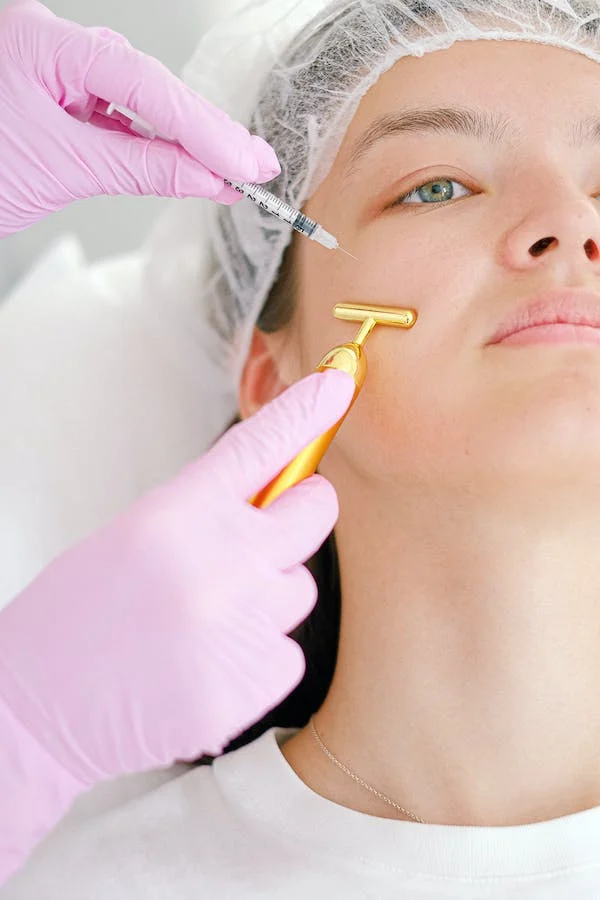No products in the basket.
Botox is a popular cosmetic procedure that is used to reduce the appearance of wrinkles and fine lines. The procedure involves injecting small amounts of botulinum toxin type A into specific facial muscles to temporarily paralyze them, reducing the appearance of wrinkles and fine lines. Despite its popularity, there are potential complications associated with Botox that should be taken into consideration before undergoing the procedure. In this medical paper, we will examine the most common complications associated with Botox.
One of the most common complications associated with Botox is bruising. Bruising occurs when the blood vessels in the injection area are damaged, causing blood to leak into the surrounding tissue. Bruising is more likely to occur in individuals who are taking blood-thinning medications or who have a history of easy bruising. In some cases, bruising can be quite noticeable, leading to social embarrassment and a negative impact on self-esteem.
Another potential complication of Botox is swelling. Swelling occurs when the body responds to the injection, causing fluid to accumulate in the injection area. Swelling can be accompanied by redness and warmth, and may last for several days. In some cases, swelling can be quite noticeable, leading to social embarrassment and a negative impact on self-esteem.
In addition to bruising and swelling, there is also a risk of infection associated with Botox. Infection can occur if the injection site is not properly cleaned or if the individual has an underlying skin condition, such as acne or eczema. In some cases, the individual may experience symptoms such as redness, swelling, and discharge, and may require antibiotics to treat the infection.
Another potential complication of Botox is drooling. This occurs when the injection affects the muscles that control the flow of saliva, causing excessive drooling. This is more likely to occur in individuals who receive Botox injections in the upper face, near the mouth and cheek area. In severe cases, drooling can be quite noticeable and may lead to social embarrassment.
There is also a risk of asymmetry associated with Botox. Asymmetry occurs when one side of the face appears differently from the other, due to uneven distribution of the Botox. This can be caused by a number of factors, including incorrect injection technique, uneven muscle strength, or individual anatomy. In some cases, asymmetry may require correction with additional Botox injections or other cosmetic procedures.
In addition to the above-mentioned complications, there is also a risk of allergic reactions associated with Botox. Allergic reactions can occur if the individual is allergic to the ingredients in the Botox solution, or if they have a history of allergies. Symptoms of an allergic reaction may include itching, redness, and hives, and may require medical attention.
In conclusion, Botox is a popular cosmetic procedure that is used to reduce the appearance of wrinkles and fine lines. While the procedure is generally considered safe, there are potential complications associated with Botox that should be taken into consideration before undergoing the procedure. Some of the most common complications associated with Botox include bruising, swelling, infection, drooling, asymmetry, allergic reactions. Individuals who are considering Botox should discuss these potential complications with their healthcare provider and weigh the risks and benefits before undergoing the procedure.



